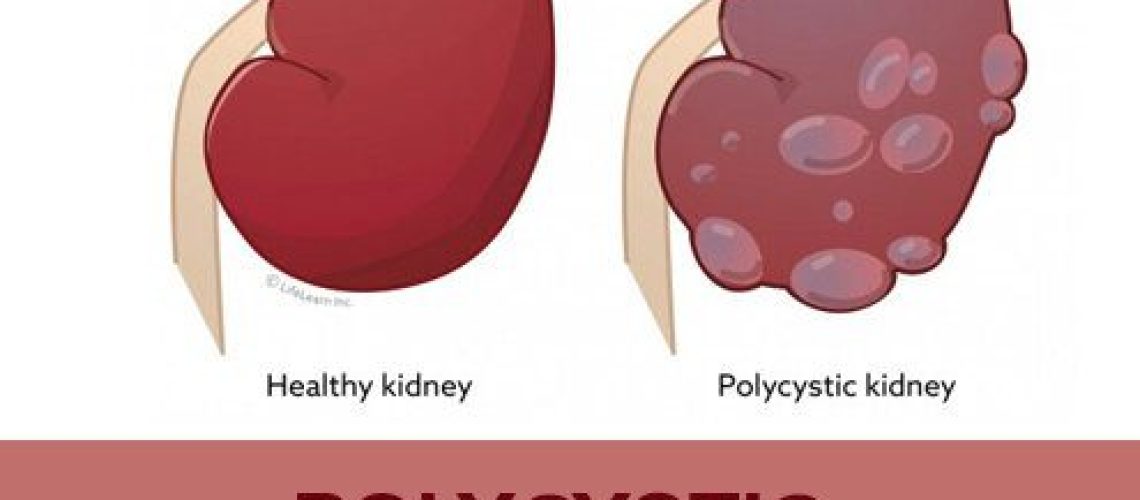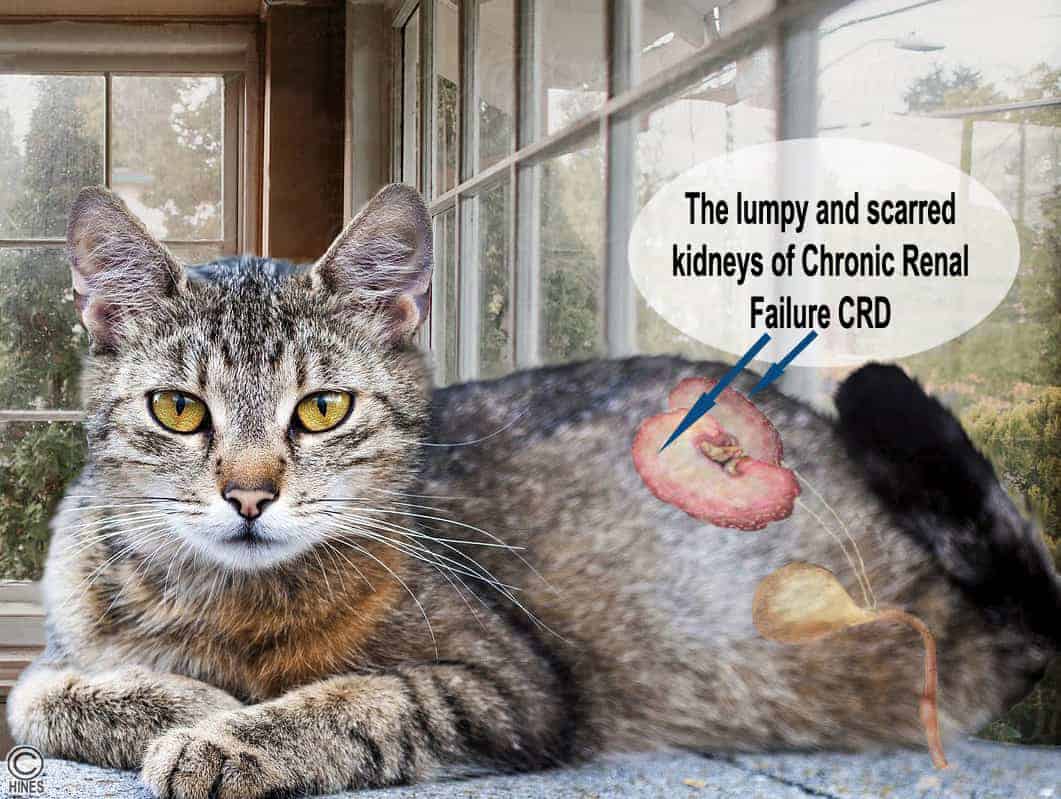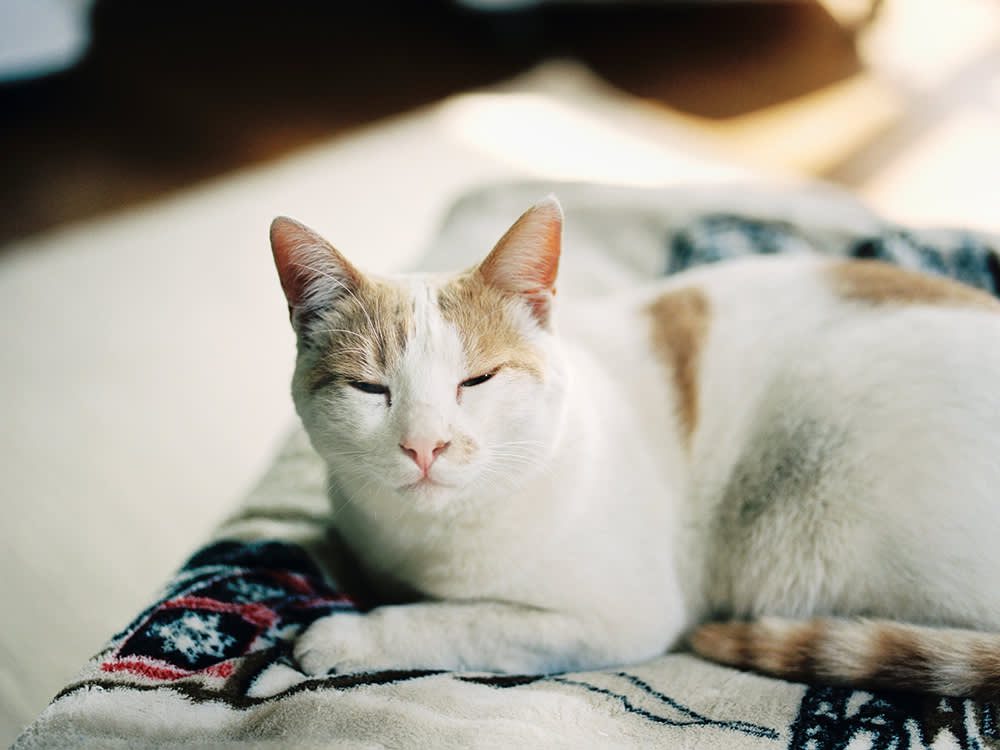Are you a cat lover? Do you want to ensure the well-being of your feline companion? Then buckle up, because we're about to embark on a journey that uncovers the silent struggle of cats with Polycystic Kidney Disease (PKD). By diving into this topic, you will gain invaluable knowledge that can potentially save your furry friend's life. Understanding PKD is not just essential; it's a responsibility we have as pet owners. So, let's explore the depths of this disease and equip ourselves with the tools needed to detect and manage it effectively. Get ready to unravel the secrets behind PKD and become an advocate for your beloved cat's health. Together, we can make a difference in their lives.
Key Takeaways:
- Polycystic kidney disease is a common genetic disorder in cats.
- It is often asymptomatic and can go undetected for years.
- The disease causes the formation of cysts in the kidneys, leading to kidney enlargement and impaired function.
- Early detection through regular screenings and genetic testing is crucial for managing the disease.
- Treatment options include medication, dietary changes, and supportive care to slow down the progression of the disease and manage symptoms.
What is Polycystic Kidney Disease in Cats?
Understanding the Basics of Polycystic Kidney Disease
Polycystic kidney disease (PKD) is a genetic disorder that affects the kidneys of cats. It causes small fluid-filled sacs, called cysts, to form in the kidneys. These cysts can grow larger over time and eventually interfere with the normal functioning of the kidneys. PKD is a progressive disease, meaning it gets worse over time.
Cats with PKD may not show any symptoms initially, but as the cysts grow larger, they can lead to problems such as increased thirst and urination, weight loss, poor appetite, and lethargy. In severe cases, PKD can cause kidney failure.
The Importance of Early Detection
Early detection of PKD is crucial for managing the disease and improving a cat's quality of life. If you notice any changes in your cat's behavior or health, it is important to consult with a veterinarian for a proper diagnosis. The veterinarian will perform a physical examination and may recommend additional tests such as bloodwork or imaging studies to confirm the presence of cysts in the kidneys.
Once diagnosed, it is essential to work closely with your veterinarian to develop an appropriate treatment plan for your cat. While there is no cure for PKD, early intervention can help slow down the progression of the disease and alleviate symptoms.
The Silent Struggle: How Polycystic Kidney Disease Affects Cats
The Impact on Kidney Function
Polycystic kidney disease gradually impairs kidney function over time. As cysts grow larger within the kidneys, they begin to replace healthy tissue and disrupt normal kidney function. The kidneys play a vital role in filtering waste products from the blood and maintaining fluid balance in the body. When PKD progresses, the kidneys become less efficient at performing these functions, leading to a buildup of toxins in the blood and imbalances in electrolytes.
This decline in kidney function can result in various symptoms such as increased thirst and urination, decreased appetite, weight loss, and lethargy. In advanced stages of PKD, cats may develop complications like high blood pressure and anemia.
Secondary Effects on Other Organs
As PKD progresses, it can also affect other organs besides the kidneys. The enlarged cysts can put pressure on nearby structures or organs, causing discomfort or complications. For example, cysts pressing on the bladder can lead to urinary problems such as frequent urination or difficulty urinating. In some cases, cysts may even rupture, causing severe pain and potentially life-threatening complications.
It is important for cat owners to be aware of these potential secondary effects and monitor their cats closely for any changes in behavior or health that may indicate worsening of PKD.
Diagnosing and Recognizing Polycystic Kidney Disease in Cats
Veterinary Evaluation
If you suspect your cat may have polycystic kidney disease (PKD), it is essential to seek veterinary evaluation for a proper diagnosis. The veterinarian will perform a thorough physical examination and ask about your cat's medical history. They may also recommend additional tests to confirm the presence of kidney cysts.
Diagnostic Tests
- Ultrasound: This non-invasive imaging test uses sound waves to create detailed images of the kidneys. It allows veterinarians to visualize any cysts present in the kidneys.
- Bloodwork: Blood tests can help assess kidney function and detect any abnormalities that may indicate PKD.
Once a diagnosis of PKD is confirmed, the veterinarian will discuss treatment options and provide guidance on how to manage the disease. Regular monitoring and follow-up visits are crucial to ensure the cat's well-being and adjust the treatment plan as needed.
Treatments for Polycystic Kidney Disease in Cats: Improving Quality of Life
Managing Symptoms
While there is no cure for polycystic kidney disease (PKD), treatments focus on managing symptoms and slowing down the progression of the disease. The primary goal is to improve a cat's quality of life and maintain their overall health.
Dietary Modifications
A veterinarian may recommend specific dietary modifications to support kidney function and minimize complications associated with PKD. These modifications often involve feeding a specialized renal diet that is low in phosphorus and high-quality protein. It is important to follow your veterinarian's recommendations regarding diet strictly.
Medications
In some cases, medications may be prescribed to help manage symptoms or address complications related to PKD. For example, medications may be prescribed to control high blood pressure or treat urinary tract infections.
Regular veterinary check-ups are essential for monitoring the progression of PKD and adjusting treatment plans as needed. By working closely with your veterinarian, you can help ensure your cat receives appropriate care tailored to their specific needs.
Is Polycystic Kidney Disease Genetic in Cats?
An Inherited Condition
Polycystic kidney disease (PKD) in cats is primarily an inherited condition caused by a genetic mutation. The disease is most commonly seen in Persians and related breeds, as they have a higher prevalence of the genetic mutation responsible for PKD.
The genetic mutation causes abnormal development of kidney tubules during fetal growth, leading to the formation of cysts later in life. Kittens can inherit this mutation from one or both parents, increasing their risk of developing PKD.
Genetic Testing
To determine if a cat carries the PKD gene, genetic testing can be performed. This involves analyzing a DNA sample (usually obtained through a cheek swab or blood test) to identify the presence or absence of the genetic mutation associated with PKD.
Breeders play a crucial role in reducing the prevalence of PKD by selectively breeding cats that are free from the genetic mutation. Regular genetic testing and responsible breeding practices can help minimize the occurrence of PKD in future generations.
Supporting Cats with Polycystic Kidney Disease: Tips for Owners
Promoting Hydration
Proper hydration is essential for cats with polycystic kidney disease (PKD) as it helps support kidney function and flush out toxins from the body. Encourage your cat to drink more water by providing fresh water sources throughout your home. Consider using water fountains or adding wet food to their diet to increase their overall fluid intake.
Environmental Enrichment
Cats with PKD may experience reduced energy levels or discomfort due to enlarged kidneys and cysts. Providing an enriched environment can help keep them mentally stimulated and improve their overall well-being. Offer interactive toys, scratching posts, and cozy resting spots where they can relax comfortably.
Frequent Vet Check-ups
Regular veterinary check-ups are crucial for monitoring the progression of PKD and adjusting treatment plans as needed. Your veterinarian will assess kidney function, monitor blood pressure, and evaluate any changes in your cat's overall health. These check-ups allow for early detection of any complications or worsening of the disease.
Ongoing Research and Advancements in Treating Polycystic Kidney Disease in Cats
Exploring New Treatment Options
Researchers are continuously studying polycystic kidney disease (PKD) in cats to develop new treatment options and improve outcomes for affected cats. Some promising areas of research include:
- Drug Therapies: Scientists are investigating potential medications that can slow down cyst growth and preserve kidney function in cats with PKD.
- Gene Therapy: Researchers are exploring gene therapy techniques to correct the genetic mutation responsible for PKD, potentially offering a cure or long-term management solution.
- Biomarkers: Identifying specific biomarkers associated with PKD could aid in early detection and monitoring of the disease.
While these advancements are still in progress, they offer hope for improved treatments and better outcomes for cats with PKD. By supporting ongoing research efforts, we can contribute to the development of innovative solutions to combat this challenging condition.
In conclusion, polycystic kidney disease is a hidden battle that cats can face. It is important for cat owners to be aware of the signs and symptoms, and to seek veterinary care early on to help manage this condition.
How long can a cat live with polycystic kidney disease?
The majority of cats with PKD will live a normal life until they start showing signs of CRF. Once the signs of CRF appear, they will continue until the cat's death, which can occur within a few weeks or several years. The impact on the cat's well-being during this time will range from mild to severe, depending on the stage of the disease and the effectiveness of any treatments.
How fast does polycystic kidney disease progress in cats?
The age at which symptoms of PKD first appear can vary, as well as the rate at which the disease progresses. Cats with a slow progression may live for many years after being diagnosed, especially with proper treatment. However, in some cases, the disease can progress rapidly, with symptoms worsening within weeks or months of diagnosis.
Is polycystic kidney disease in cats painful?
The function of filtration in vital organs can be hindered by the progressive growth of cysts, potentially causing complications in the bladder and abdominal pain. Other symptoms of PKD in cats may include lethargy.
What is the last stage of polycystic kidney disease?
End-stage renal disease (ESRD) occurs when the kidneys' normal functioning deteriorates to the point where they need to be replaced by dialysis or a transplant. This condition is commonly referred to as kidney failure. At this stage, the glomerular filtration rate (GFR) drops to 10 or lower, and the kidneys are no longer able to maintain the balance of electrolytes and acids in the blood or eliminate waste and excess water.
Is polycystic kidney disease life ending?
The typical lifespan of individuals with ADPCKD varies between 53 to 70 years, depending on the specific subtype. (Source: January 1, 2014)
What slows progression of polycystic kidney disease?
For adults who are at risk of experiencing rapidly progressing ADPKD, it is possible that Tolvaptan therapy may be suggested. Tolvaptan, which can be taken orally in pill form under the brand names Jynarque or Samsca, functions to slow down the growth of kidney cysts and the deterioration of kidney function.

















